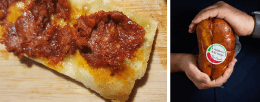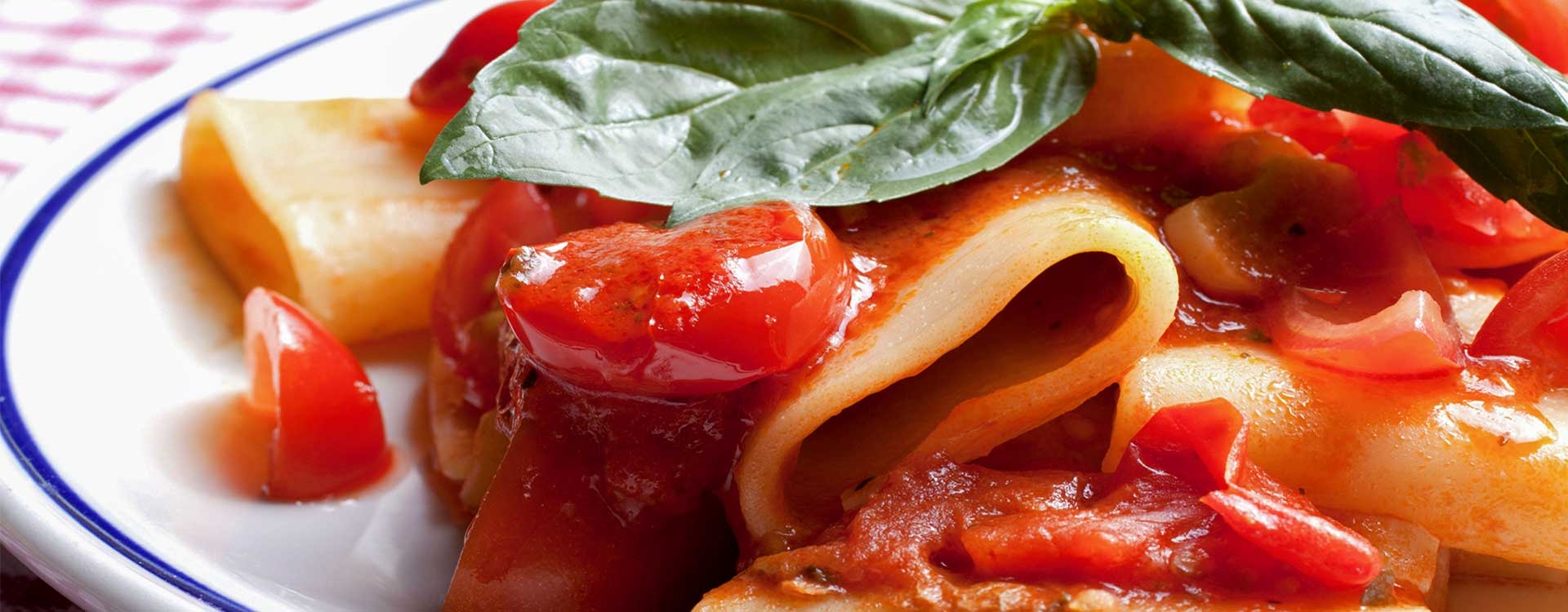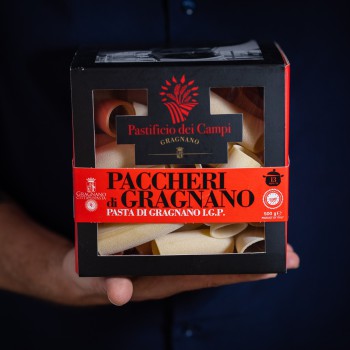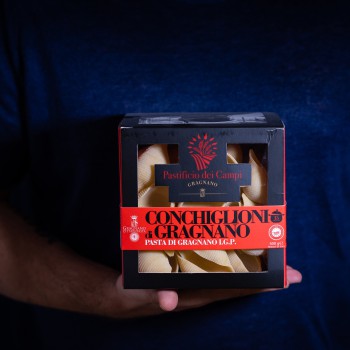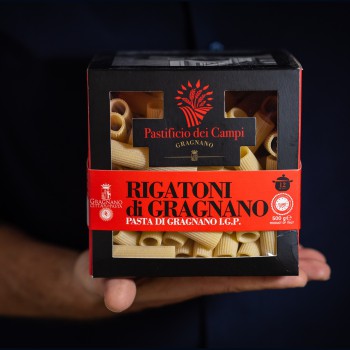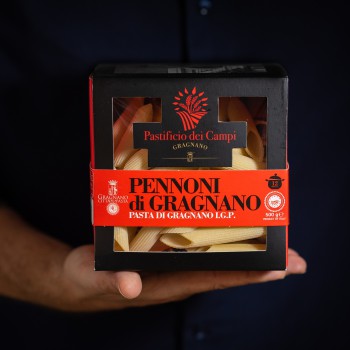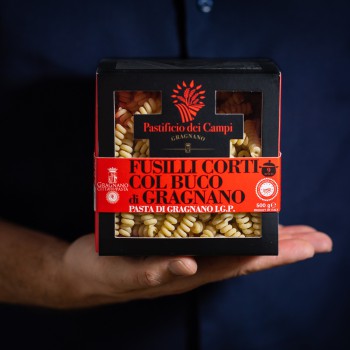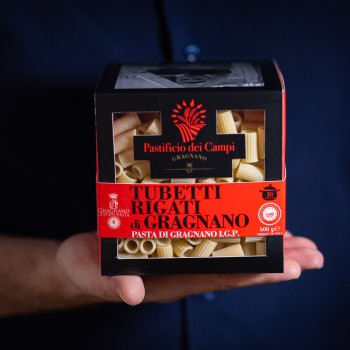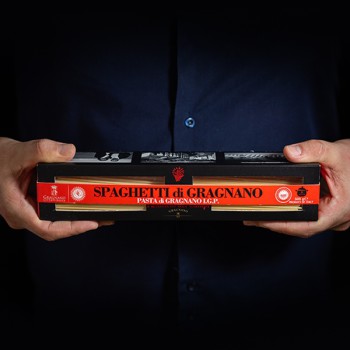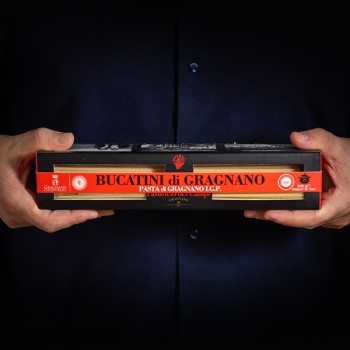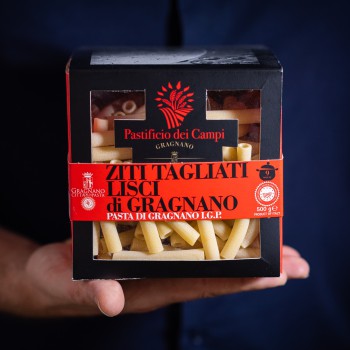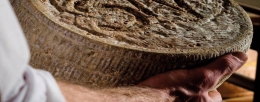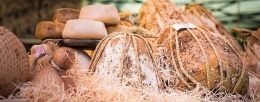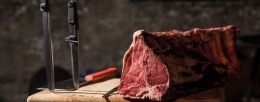Ferragosto is approaching, whip out the picnic baskets! What are we taking? All quick preparations to make and practical to carry and eat - dishes and cutlery are hardly needed! The secret? The best Italian cured meats.
Pasta from Gragnano: summer edition
One cannot talk about Italian culinary tradition without mentioning pasta from Gragnano. We Italians are avid spaghetti eaters: we eat 26 kilos of pasta per person each year, beating the record for the highest amount of carbohydrates. Surprisingly, Tunisia ranks second while, even more surprisingly, Venezuela ranks in third place.
Careful, though. We are not talking about random pasta, but only pasta from Gragnano. It is the only pasta that has ever obtained the PGI quality label, that is extruded through bronze dies and that is left to dry very slowly. This pasta is, objectively speaking, more delicious and healthier and it is part of our history. Do you need any more reasons?
Pasta from Gragnano, the story of a delicacy
Gragnano is a small municipality located south of Naples, also known as the city of pasta. It is located in the so-called “Valley of the Mills”: water mills placed along the Vernotico stream have been processing wheat into flour since the second half of the 13th century.
In the 19th century, the first industrial pasta factories opened. In 1885 a railway line was built; it used to lead to Naples and helped manage the trade of Pasta from Gragnano and facilitated export operations to the courts located all over a recently unified and hungry Italy.
However, the story of Gragnano has not always been rosy. On the 23rd November 1980, Gragnano was destroyed by the Irpinia earthquake and only 8 pasta factories survived. But the city of Gragnano rose from the ashes and recovered, by focusing on making excellent products.
Quality over quantity: that could be the motto of pasta from Gragnano. Manufacturers from Gragnano do not strive to maximise production, but rather to achieve excellence. And that’s what they did: in 2013 they obtained the highest recognition: the Protected Geographical Indication label.
Pastificio dei Campi, our trustworthy manufacturer of PGI Pasta from Gragnano, belongs to the Consortium of Gragnano City of Pasta. The pasta is only processed by hand, the dies are made of bronze and the drying process is slow and natural.
If you want to taste the real flavour of pasta, write this name down. You are spoilt for choice, too! Paccheri, conchiglioni, rigatoni, pennoni, spaghetti, fusilli, ziti, bucatini, there is one pasta shape for everyone.
You are probably hungry now, so here you have 3 easy and quick recipes to enhance the flavour of PGI Pasta from Gragnano, using the best seasonal produce.
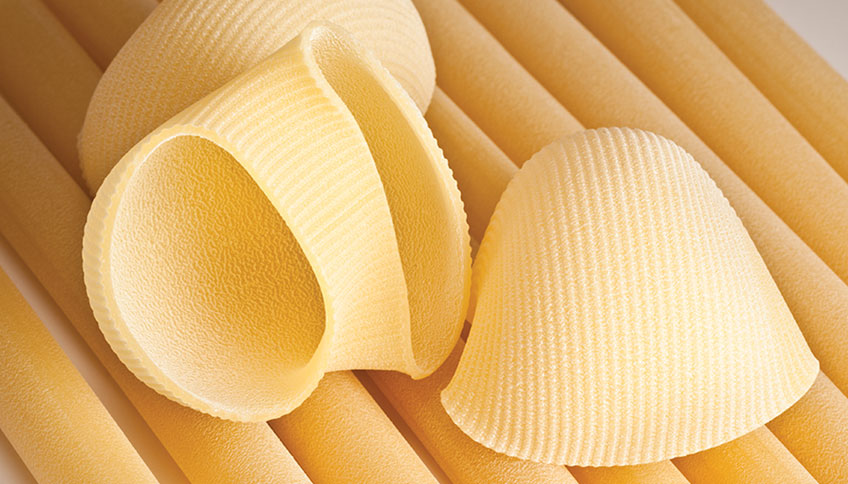
Paccheri allo scarpariello
This easy but delicious, traditional recipe comes from Campania. Scarpariello is the common local name of a cobbler and it lends its name to this recipe to indicate that its ingredients are actually what we would call peasant food. Cherry tomatoes, basil, Pecorino cheese and Parmigiano Reggiano: they might be “poor” ingredients, but they are delicious for sure! I would never trade them for any food “worthy of a king”.
The secret lies in the sauce that is made with the pasta cooking water, just like you would do when you make a pasta. To make the Scarpariello sauce, sauté in a big pan oil, garlic, chili pepper and cherry tomatoes that you have previously cut into four. Drain the Paccheri, when there is still a minute left to go (do not throw away the pasta water!) and add them to the sauce.
Take the pan off the heat and add basil, Parmigiano cheese and Pecorino cheese and mix, by adding the pasta water little by little, until you obtain a creamy sauce. Plate the dish, add another basil leaf and simply enjoy one of the easiest and most delicious pasta dishes that you will ever try.
Spaghetti with clams
We couldn’t leave Campania, without mentioning Spaghetti dish with clams: the signature summer pasta dish.
First of all, rinse the clams. Throw away the clams that have a broken shell or the clams that open if you tap them on the sink; they are not good.
Put the good clams in a drainer and rinse well; then place them in a bowl and let them soak with plenty of coarse salt for at least a couple of hours. During the soaking time, clams will be purged of any remaining sand.
Take a saucepan and heat some oil with a clove of garlic. Drain the clams, rinse them and put them in the pan, cover with a lid, turn up the heat and cook for a couple of minutes. The heat opens the shells; all you have to do is shake the pan once in a while.
As soon as the clams open, turn off the heat. Put the clams aside and filter the sauce. Once the spaghetti is ready, mix it in the pan with the clam sauce, then add the clams and some parsley, sauté for a couple of seconds and serve.
What else can we say? This dish speaks for itself.
Rigatoni with bell pepper cream and buffalo mozzarella
Another vegetarian dish, where Pasta from Gragnano and seasonal produce combine in a marriage of flavours.
While the water boils, prepare the bell peppers. In a non-stick pan, brown half an onion from Tropea with a dash of olive oil and add yellow bell peppers cut into thin strips.
Cook for around 15 minutes, season with salt, add some basil leaves and mince with a mixer. Put the cream back in the pan and cook for another minute. When the Rigatoni is ready, drain it and add it to the sauce.
Plate it and add on each plate some PDO buffalo mozzarella from Campania torn by hand, a thread of olive oil and the dish is ready – a true masterpiece from Gragnano.
Pasta from Gragnano is much more than simple food. It is a product that tells the story of our country, our food culture and that stands for all that is done with passion. A mouthful of history, tradition and craftmanship.






















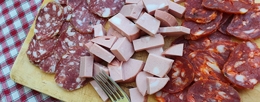
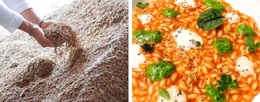
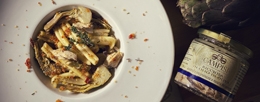

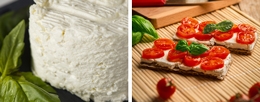
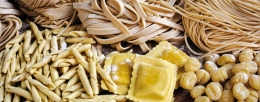
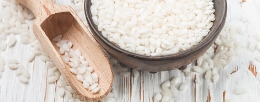
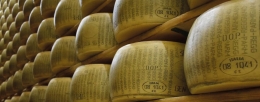
.jpg)
